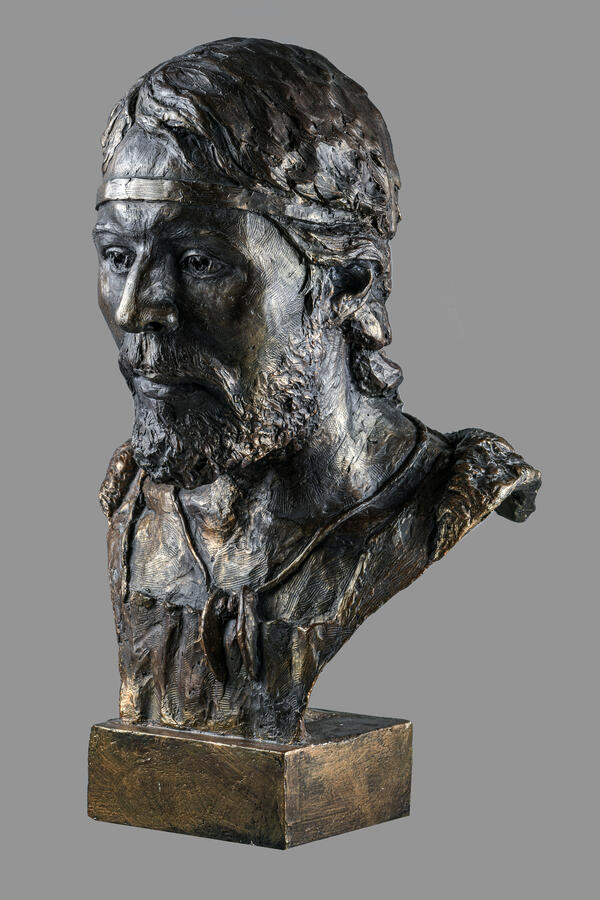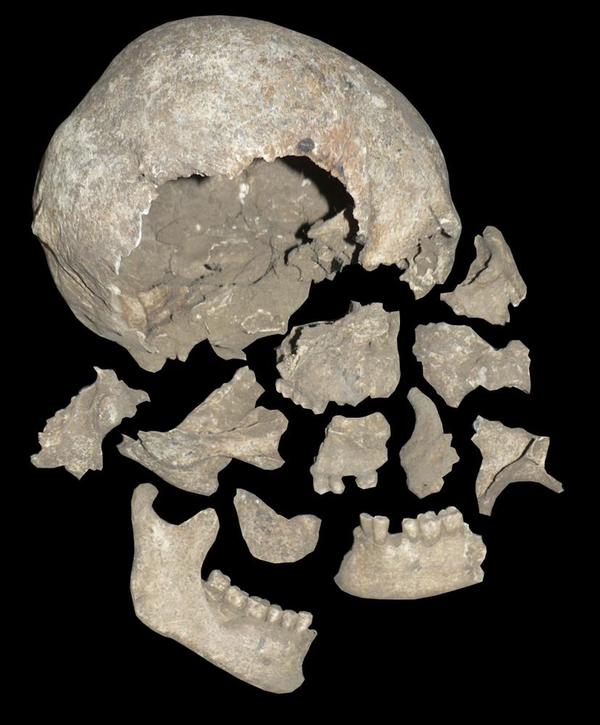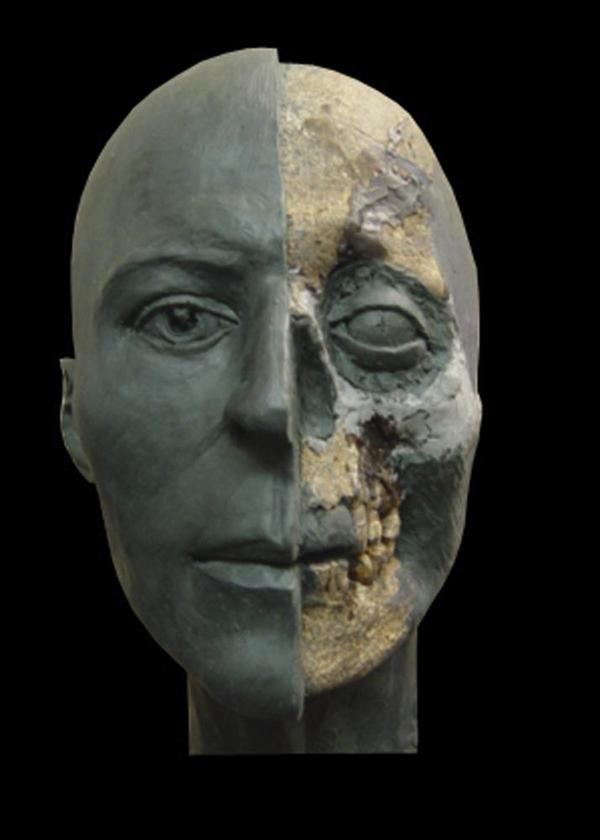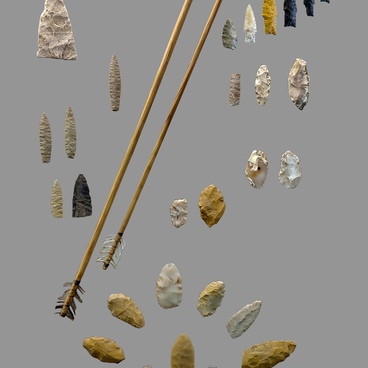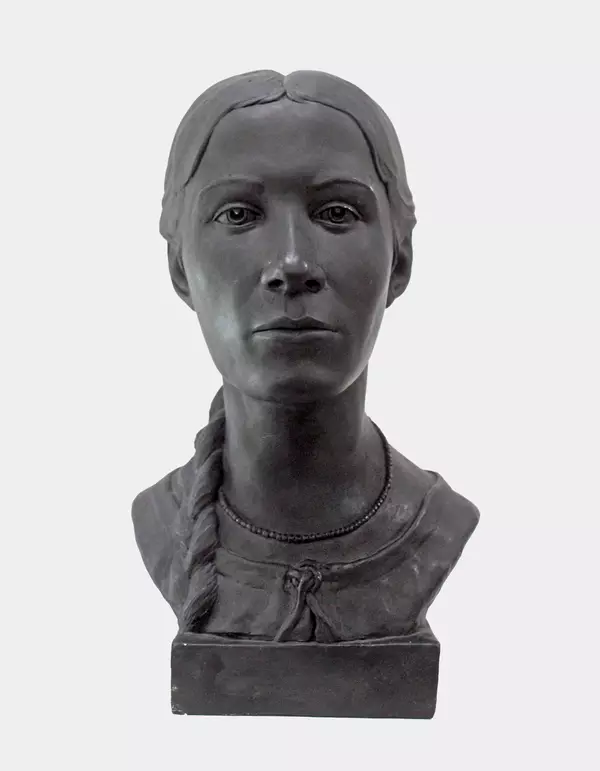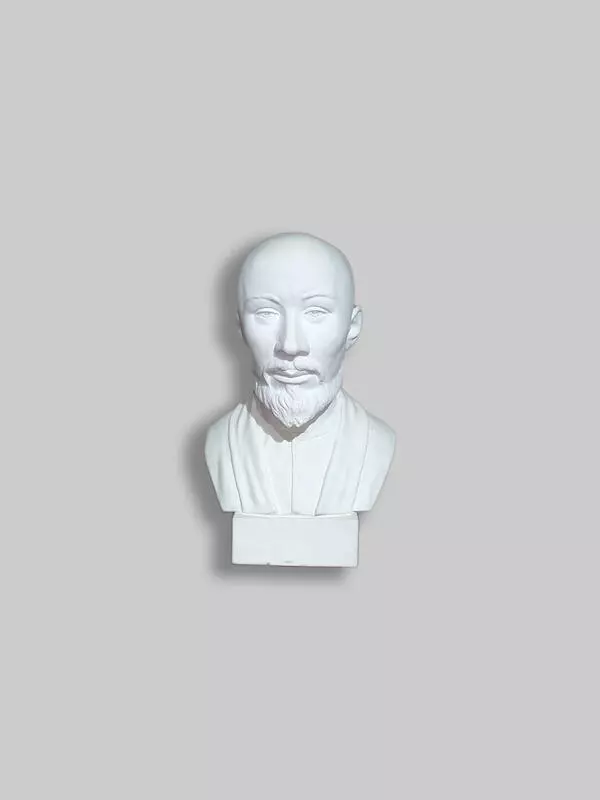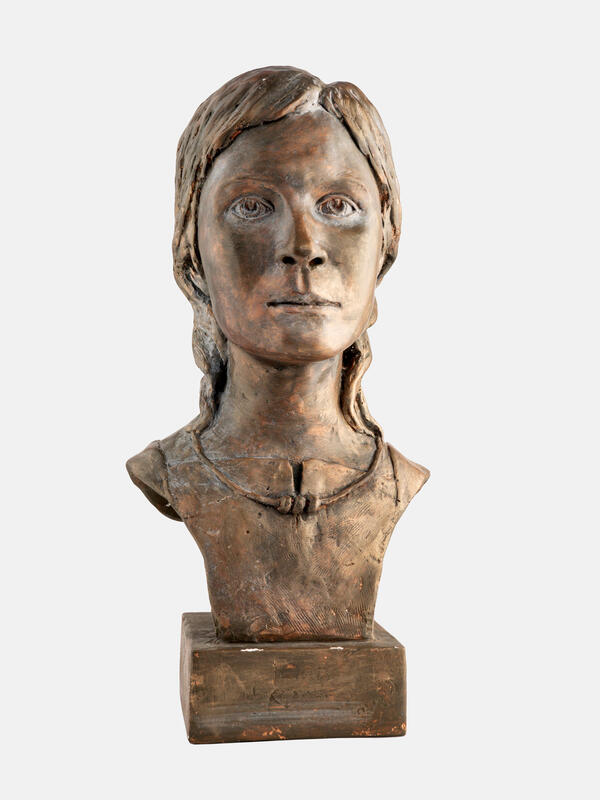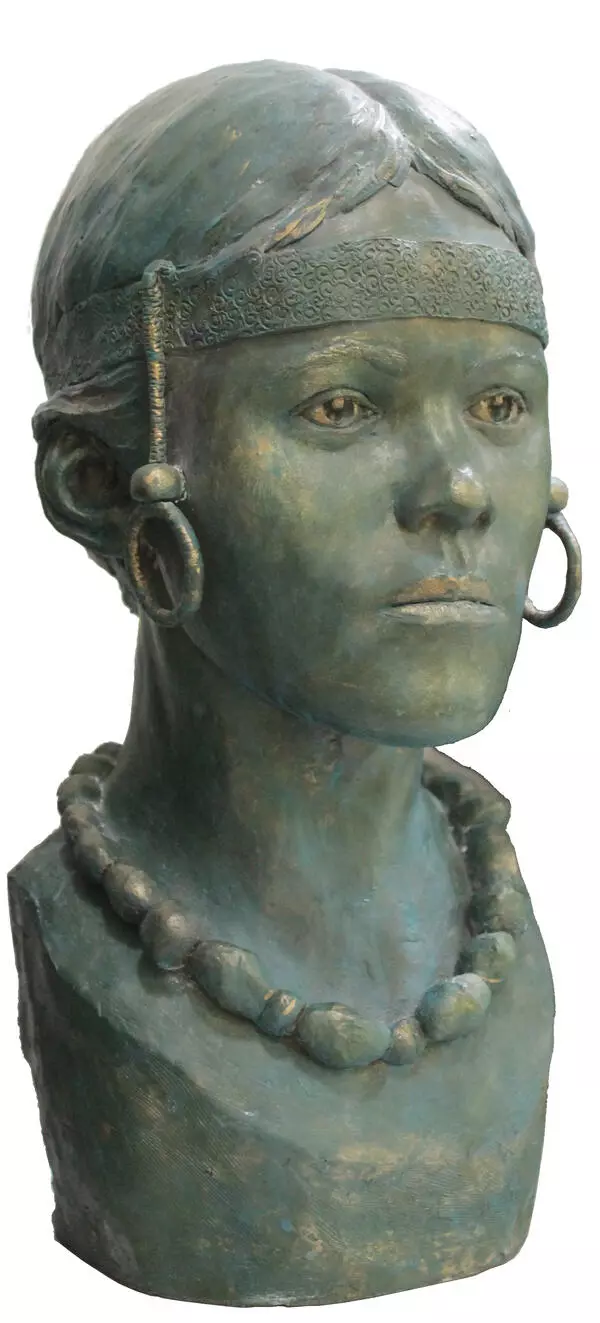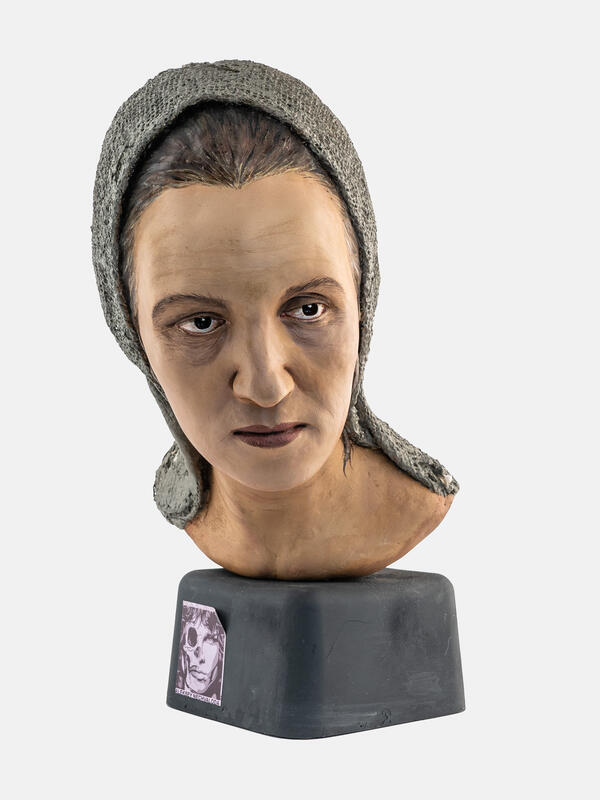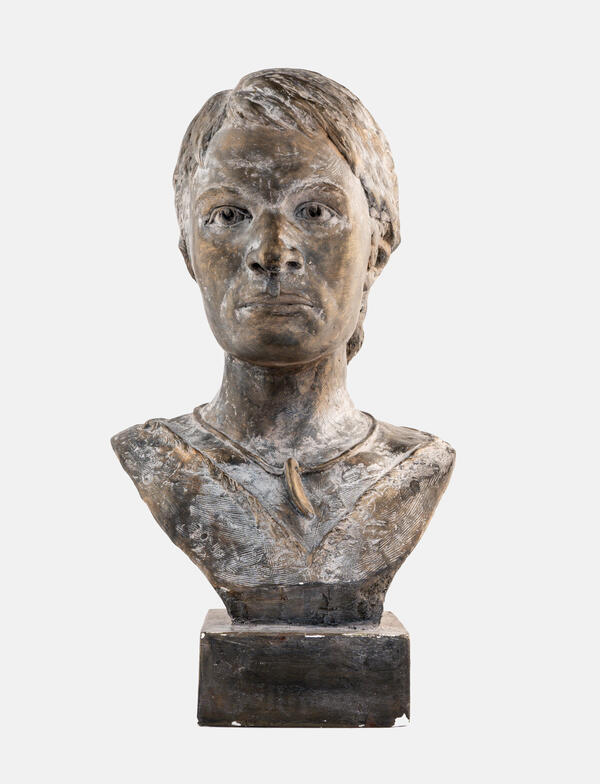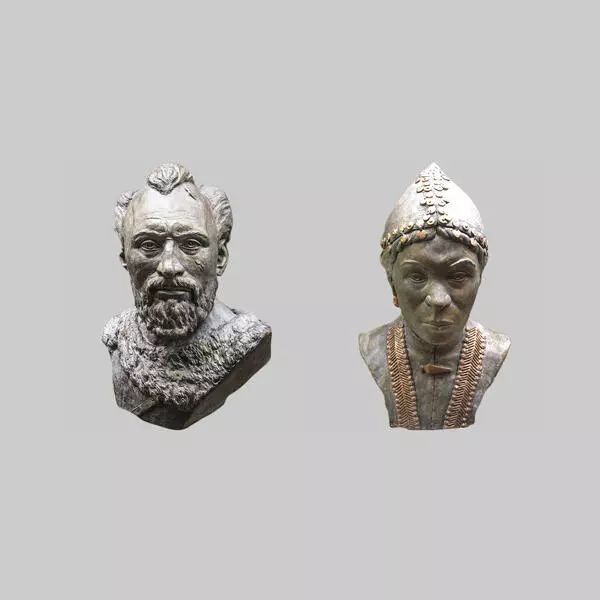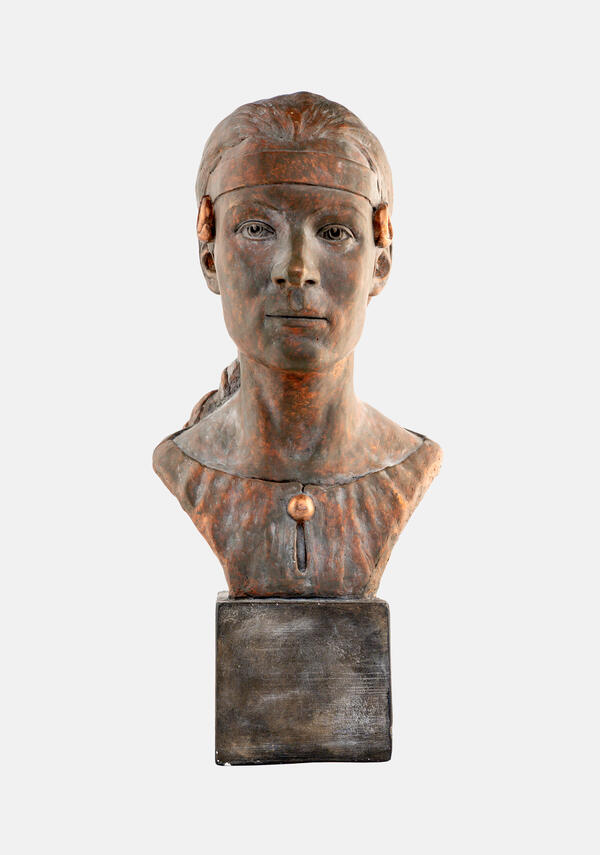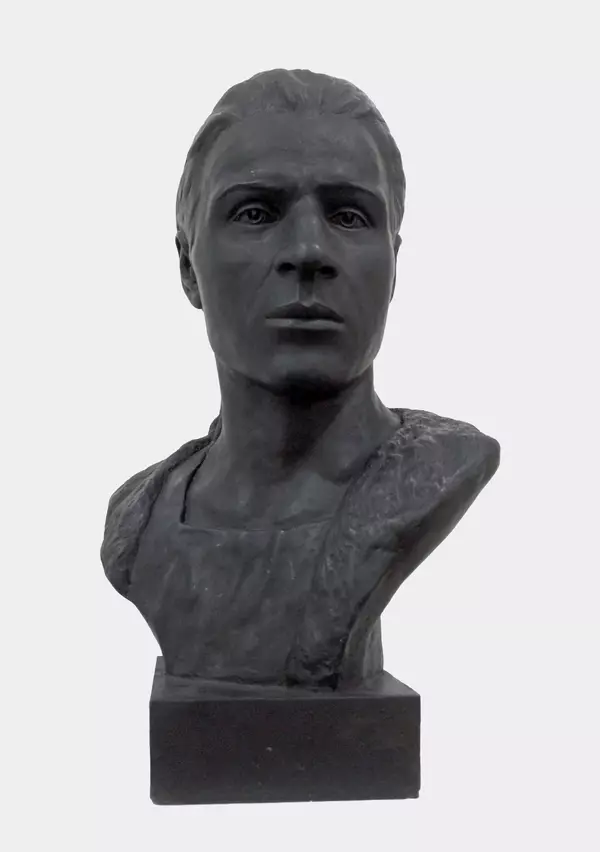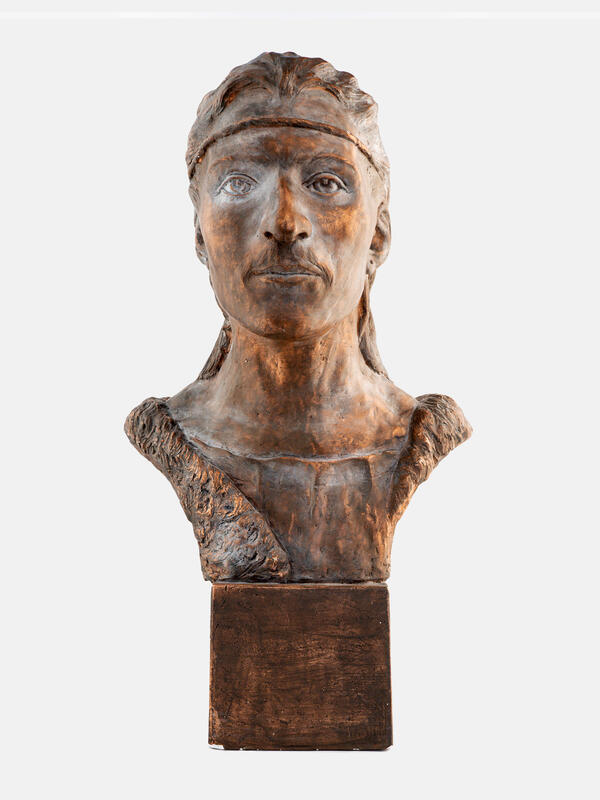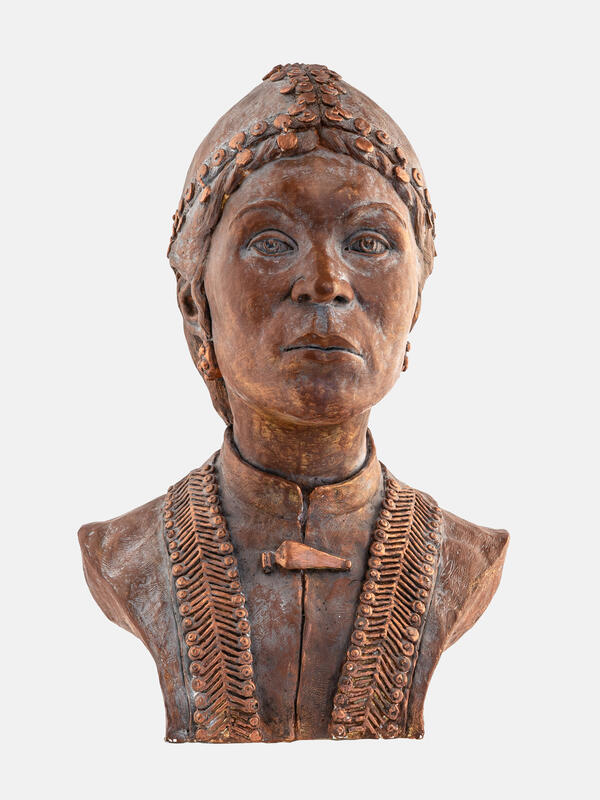The descendants of Sintashta people were the Alakuls (15th-18th century BC), who were part of the Andronovo cultural-historical community. They got their name from the Alakul lake in Kurgan Oblast and lived on the Eurasian steppe, between the Southern Urals to the Ishim and Irtysh rivers.
This era is characterized by a more stable situation on the steppe, the appearance of a large number of settlements, mines and burial grounds along the banks of both small and larger rivers. Records of them in our Oblast only extend to Eastern Orenburg, but they also existed where the city stands today. These were the Novokumakskiy and Udarnik settlements and the Novokumakskiy and Yelshanskiy burial grounds.
The Alakuls led a sedentary life, with a complex pastoral and agricultural farming technique, with cattle breeding as the main priority. They reared horses, cattle and two-humped camels.
Metallurgy was an important part of their economy. The Ishkinino complex in the Gaysky district was one of the local metal production centers with quarries, mines, ore warehouses and an ancient settlement of miners and metal workers.
This era is characterized by a more stable situation on the steppe, the appearance of a large number of settlements, mines and burial grounds along the banks of both small and larger rivers. Records of them in our Oblast only extend to Eastern Orenburg, but they also existed where the city stands today. These were the Novokumakskiy and Udarnik settlements and the Novokumakskiy and Yelshanskiy burial grounds.
The Alakuls led a sedentary life, with a complex pastoral and agricultural farming technique, with cattle breeding as the main priority. They reared horses, cattle and two-humped camels.
Metallurgy was an important part of their economy. The Ishkinino complex in the Gaysky district was one of the local metal production centers with quarries, mines, ore warehouses and an ancient settlement of miners and metal workers.
In the autumn of 2010, Alexander Frolkin came across a bronze age burial mound whilst doing works near his house in Nagorny. Four burials were discovered when the mound was subsequently opened up.
The burial mound had been partially looted, but burial № 2, where a pair had been buried, was very clear and intact.
In accordance with Alakul traditions, pits were dug for burial, covered and shut off by stone slabs, in so doing, constructing a sort of stone chamber. For the tombstones, either stone slabs were laid out in a circle, or a round stone structure was built. Chunks or mounds of earth were place around the structure to keep it secure.
The gender and age at burial was determined using the skull of one of the bodies. The Gerasimov technique helped reconstruct an image of the Alakul.
In accordance with Alakul traditions, pits were dug for burial, covered and shut off by stone slabs, in so doing, constructing a sort of stone chamber. For the tombstones, either stone slabs were laid out in a circle, or a round stone structure was built. Chunks or mounds of earth were place around the structure to keep it secure.
The gender and age at burial was determined using the skull of one of the bodies. The Gerasimov technique helped reconstruct an image of the Alakul.
The person was Caucasian with an elongated skull (Dolichocephaly), a well-shaped face and a large nose protruding from his face. The skull belonged to a young man, twenty to twenty five years of age. The man from the Nagorny burial ground had a developed supercilium, deep-set eyes, a nose with a straight ridge and horizontal base and an averagely-protruding chin.

